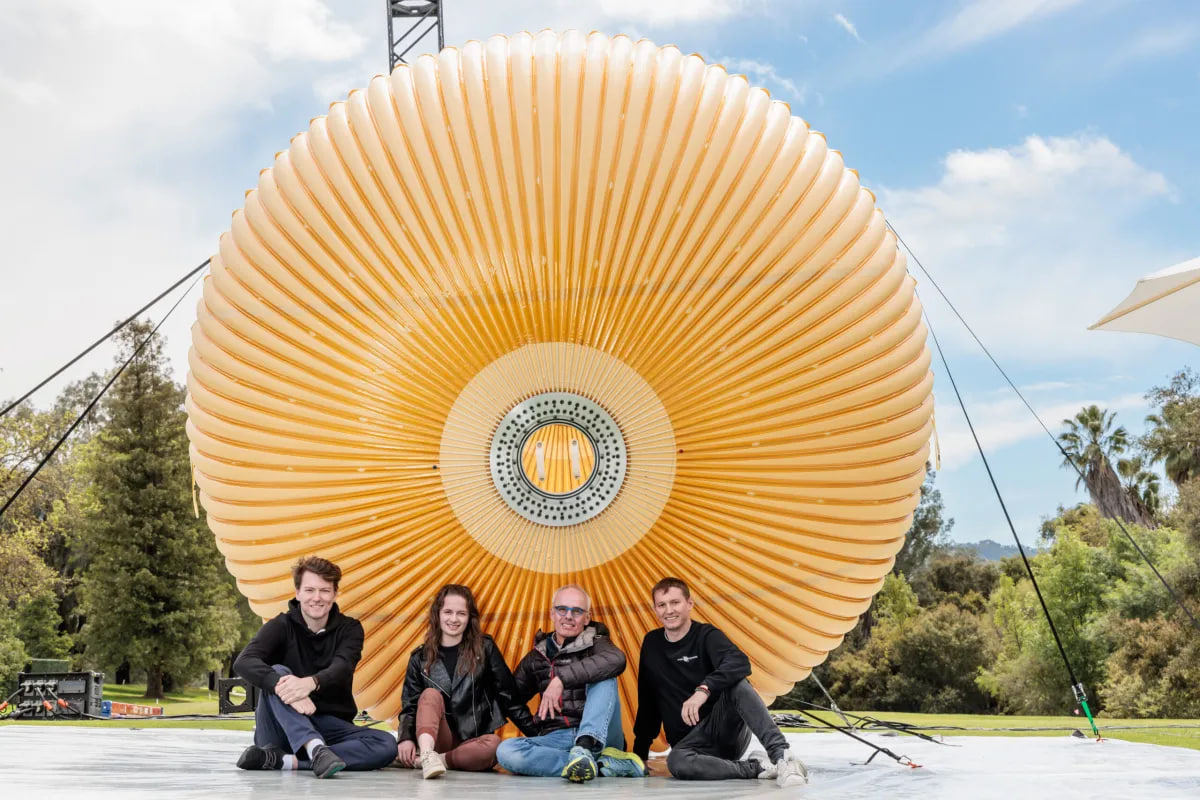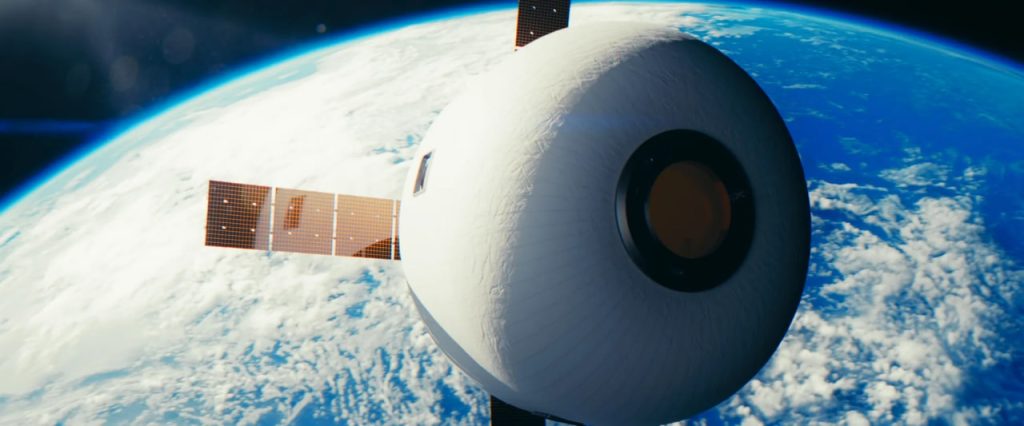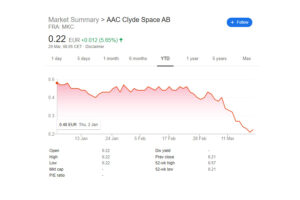Max Space To Build An Inflatable Space Station Module For SpaceX’s Mission
10th Apr 2024
Max Space company is developing a range of inflatable space station modules for different space applications. The company believes these modules can be larger and more cost-effective compared to their alternatives. The launch of the first expandable module is scheduled for a SpaceX rideshare mission in 2025.
Max Space 20 Module For SpaceX
The Max Space 20 module, intended for SpaceX’s mission, starts small — just two cubic meters for launch— but once deployed, it expands to a much larger size: 20 cubic meters. Notably, it’s the most extensive expandable module ever flown.
The company showcased the test version of the Max Space 20 Module at the exclusive MARS Conference, an invitation-only event hosted by Amazon founder Jeff Bezos. Currently, they are focusing on developing a flight-ready version of the module, incorporating improvements such as debris shielding.

The scalability of this design means that Max Space can easily transition to larger modules, ranging from 100 to 1,000 cubic meters in volume. This capability opens the door for Max Space to develop modules of significant size, with the largest approaching the approximate volume of the entire International Space Station (ISS), all by the end of this decade.
Aaron Kemmer, co-founder and CEO of Max Space, explained in an interview that his inspiration for expandable modules came from his experience at Made In Space. This space manufacturing company is known for creating 3D printers aboard the International Space Station.
“What we always ran into when trying to do something meaningful was a volume bottleneck. The hardest part wasn’t getting it to work in space. The hardest part was actually getting it to work in a limited volume,” he added. He cited an example of cramming a system to produce high-quality optical fibre that, on Earth, would span three stories into a standard ISS locker.
“Basket Weave” Technology For The Inflatable Modules
Expandable modules are not a novel concept. They were pivotal in the strategies of the now-defunct Bigelow Aerospace, which deployed the Genesis 1 and 2 spacecraft and constructed the Bigelow Expandable Activity Module (BEAM) currently installed on the ISS. More recently, companies like Lockheed Martin and Sierra Space have conducted ground tests, although they haven’t flown inflatable modules yet.
Max Space, however, is adopting a distinct technical approach from previous systems that relied on a bi-directional “basket weave” fabric structure.
“When you start making fibres go in two different directions, 90 degrees apart, the result is you don’t know how much load is going in one direction or the other,” said Maxim de Jong, co-founder and chief technology officer of Max Space, whose past work included the development of Genesis 1 and 2.
First Inflatable Space Station Modules’ Applications
According to Kemmer, building space station modules has traditionally been challenging and costly, which has limited various space applications. Max Space aims to show that these modules can be made more affordable.
Government agencies might initially be interested in using the modules to store fuel in space, the company says. However, Max Space isn’t planning to send people into these modules right away.
Instead of creating its own space station, Max Space plans to sell its modules to other companies working on commercial space stations, like those involved in NASA’s Commercial Low Earth Orbit development program.
However, Max Space is not the only company that develops inflatable modules for space stations. Sierra Space has announced in January 2024 that it has successfully tested a full-scale version of its Large Integrated Flexible Environment (LIFE), an inflatable module for commercial space stations. Sierra Space said more tests of LIFE technology are planned for this year.






Thank you for your comment! It will be visible on the site after moderation.